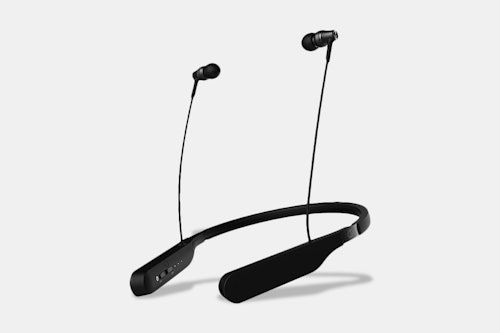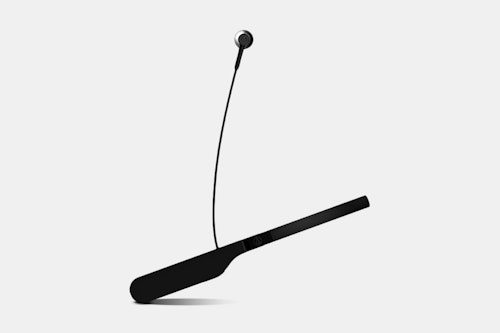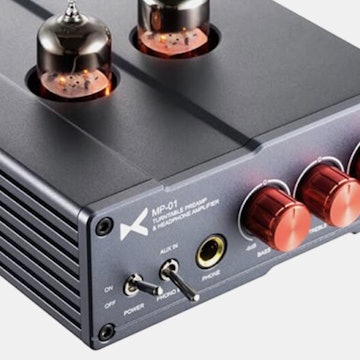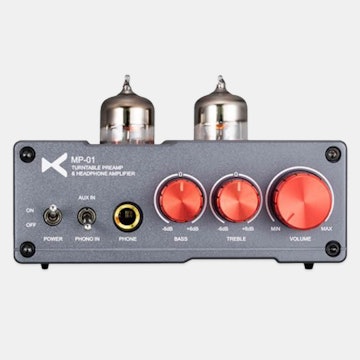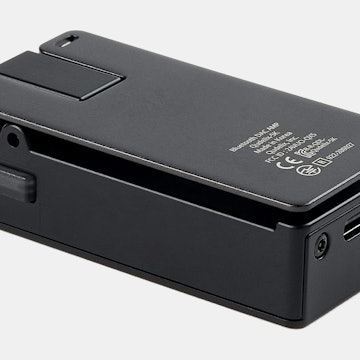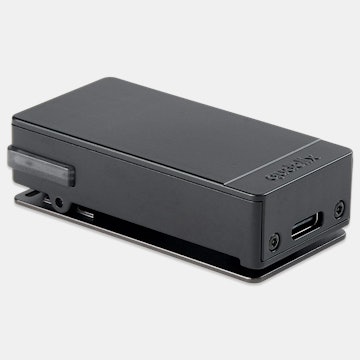Click to view our Accessibility Statement or contact us with accessibility-related questions








Audio-Technica DSR5BT Bluetooth IEM
Audio-Technica DSR5BT Bluetooth IEM
bookmark_border
Where's the price?
To negotiate the best possible price for our customers, we agree to hide prices prior to logging in.
33 requests
·
9 Sold
Product Description
New from Audio-Technica, the DSR5BT Bluetooth IEM elevates wireless earbud performance. The first IEM to employ Audio-Technica’s Pure Digital Drive system, the DSR5BT uses a newly developed Audio Technica chipset to control driver amplitude directly with digital signals, eliminating the need for sound-degrading digital-to-audio conversion Read More

search
close
Sort by: Newest
keyboard_arrow_down
Aniad
15
Sep 18, 2019
How do I start a discussion with one of the mods(?) or whoever sets these drops up?

JML54
40
Aug 29, 2019
I think the 5.0 advantages are range, speed, capacity, and that you can run two peripherals simultaneously. But both the sending and receiving hardware have to be 5.0 capable.
(Edited)

Svder
0
Aug 29, 2019
Is this coming out at this price because Bluetooth 5.0 is coming into it's own now? If so, it probably still worth it. From what I understand the big advantage of 5.0 is battery life.

JML54
40
Aug 29, 2019
This afternoon the drop showed NO other buyers needed with 7 orders placed. Now it shows we need one more? If that's wrong, come on people! This is a killer price for what has been reviewed very favorably when sold at $399 US, as one of the best Bluetooth setups available.
(Edited)

JML54
40
Aug 26, 2019
No DAC. A-T uses this: https://www.trigence.com/dnote
This is the third headset from A-T to use this system. Look up the ATH-DSR9BT reviews online.

wontonotnow
307
Aug 25, 2019
A digital signal controlling the driver's amplitude.....that IS a DAC isn't it? The driver can't stair-step between samples infinitely fast, so it will turn into an analog path as the amplitude changes. Maybe the DAC step is pushed down to one of the last steps, or it's integrated into the bluetooth speakers differently, but in general I just don't understand the verbiage and how accurate it is. The audio world seems to make up its own rules all the time.

codaroma
0
Aug 28, 2019
Turning a stream of ones and zeros into a pulse signal of varying width is still digital to analog conversion. It is just the output varies in width, instead of varying in height (amplitude). Marketing b*ll*cks. http://www.ti.com/lit/an/spraa88a/spraa88a.pdf
Kris2014
65
Aug 29, 2019
codaromain this case it’s very different. Although you are right about "converting it to analog", it is not using a sigma delta dac chip. Being a digital to analog (i.e, sound) converting device is different from being a DAC chip embedded device.
I think the key is that DAC chips convert voltage signal (digital) to current signal (analog). Then amplifier will convert this current signal to voltage again to drive output equipment. Remember that headphone amplifiers often use OpAmp in I/V conversion, which revealed the nature of DAC chip output.
But with class d and digital stream input, the device can directly use digital input signal to drive your output equipment, eliminating the necessity of handling current signals. A paper from philips that discussed the details in depth. This paper compared classic sigma delta modulation and full digital pwm modulation. https://pdfs.semanticscholar.org/11eb/4493b65d8504ab5b96c24999a5b7cc750e79.pdf
A big merit of using this full digital scheme is to save power as you have fewer chips to feed. This is very important for mobile devices these days.
(Edited)
Recent Activity

